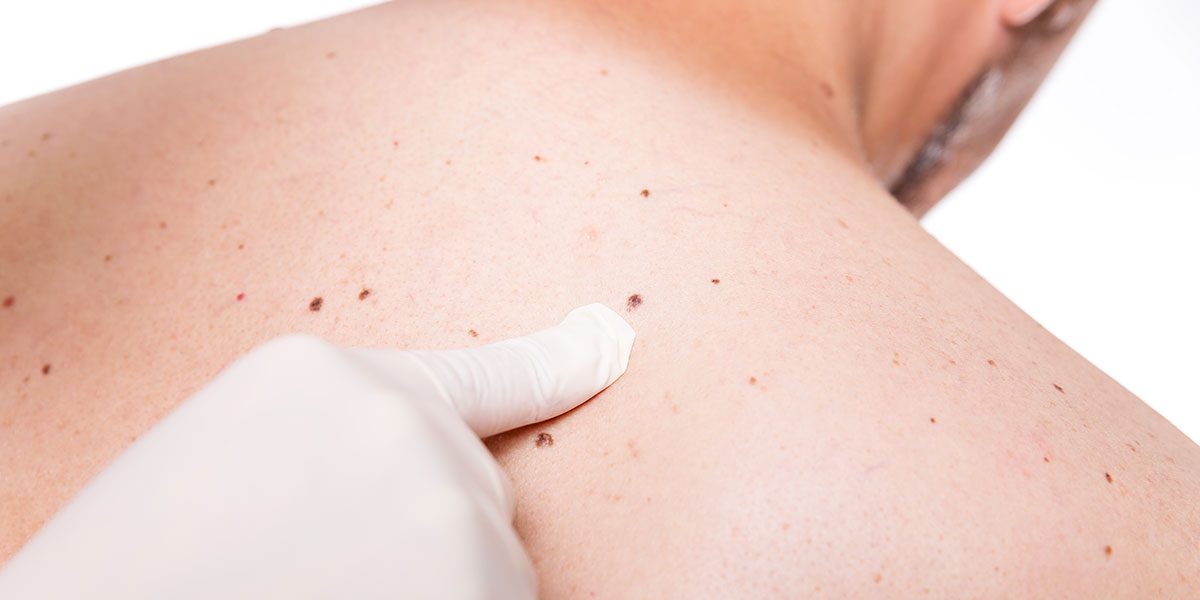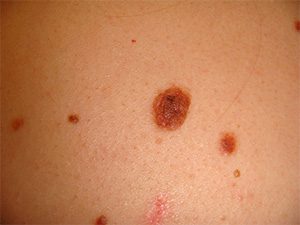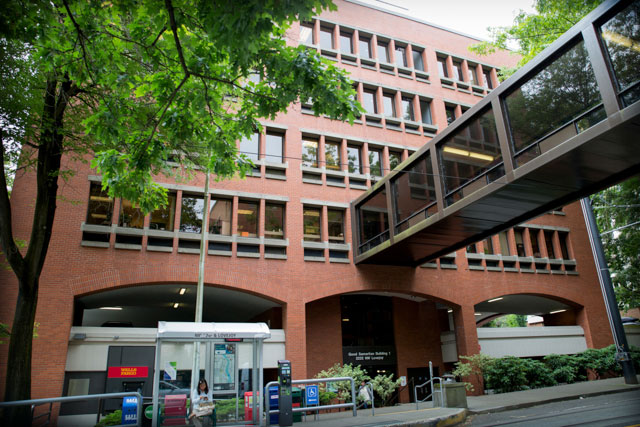Mole & Benign Growth Removal

 Moles (Nevi) are formed from the normal pigment cells found in the skin, called melanocytes. Nevi come in different sizes and shapes but are usually round and may be flat or raised. They are typically brownish in color, but may be tan, pink, red, black, bluish, or colorless. Most adults in Portland have at least a few moles – 10 to 40 are normal and most of them are acquired during our lifetime. Children may be born with moles and we call these birthmarks or Congenital Nevi.
Moles (Nevi) are formed from the normal pigment cells found in the skin, called melanocytes. Nevi come in different sizes and shapes but are usually round and may be flat or raised. They are typically brownish in color, but may be tan, pink, red, black, bluish, or colorless. Most adults in Portland have at least a few moles – 10 to 40 are normal and most of them are acquired during our lifetime. Children may be born with moles and we call these birthmarks or Congenital Nevi.
Moles and other birthmarks are benign pigmented spots or patches of skin that range in color from tan, brown and black (moles) to red, pink or purple (vascular lesions, such as strawberry hemangiomas or port wine stains). Though most birthmarks are harmless, they may develop into cancer. A professional should examine moles exhibiting any of the following warning signs immediately:
- Larger than six millimeters
- Itches or bleeds
- Rapidly changes in color, size or shape
- Has multiple colors
- Is located where it can not be easily monitored, such as on the scalp. Depending on their depth, location and color, as well as the patient’s skin type, age and other factors the treatment for benign but unattractive birthmarks may take the form of laser therapy or surgical excision.
Moles are usually no problem. However, there are situations where you should consider having one removed:
- If a mole changes shape, starts to grow, itches, or bleeds – these symptoms could be an indication of skin cancer and need to be evaluated.

- If the mole is in an awkward location where clothing or daily activity causes it to rub, feel uncomfortable, and possibly bleed.
Removal of a mole is a single, in-office treatment in Portland. The area around the mole will be anesthetized with an injection of Lidocaine, a local anesthetic. Surgical removal is performed by either a shave technique or an excision with stitches. The mole will then be interpreted for histologic changes by a dermatopathologist who specializes in skin pathology.
You can learn more about mole removal at American Academy of Dermatology.

